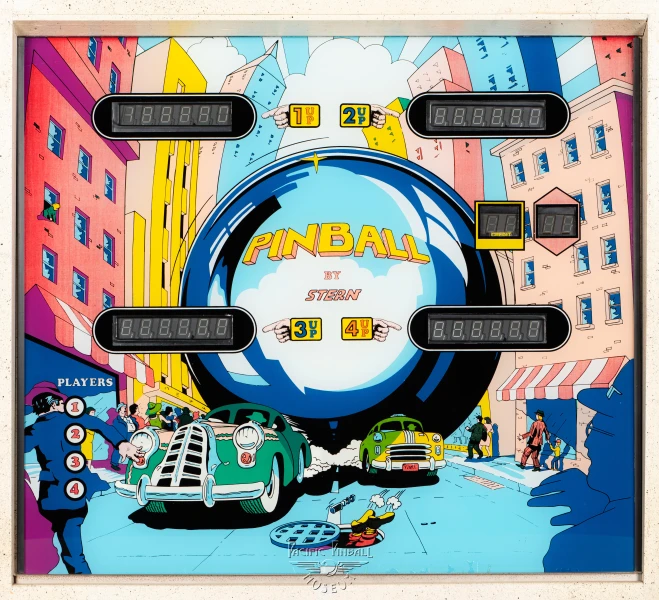Pinball
Pinball Preview Image

Machine Details
Manufacturer
n/a
Year
n/a
Technology Era
n/a
Machine Description
Content Under Review
Help us improve this content
Your support accelerates our content verification efforts.
Support Our WorkGiven only the generic title 'Pinball', this likely refers to one of the earliest commercial pinball machines from the dawn of the industry. The early 1930s marked the transition from bagatelle games to what we now recognize as pinball, with the introduction of the plunger, mechanical scoring, and coin operation.
In this era, dozens of small manufacturers were producing various mechanical ball games, before industry consolidation led to the dominance of major manufacturers like Gottlieb and Bally. These early machines typically featured simple playfields with static pins (thus the name 'pinball'), basic scoring holes, and mechanical bells that would ring when points were scored. They lacked many features we associate with modern pinball, such as flippers (which weren't invented until 1947) or electronic components.
While specific details about this particular machine are uncertain without more information, machines from this period were groundbreaking in establishing pinball as a legitimate form of coin-operated entertainment. They helped transition arcade amusements from gambling devices to skill-based games, though many early pinball machines still included payout mechanisms that would later be eliminated as anti-gambling laws became stricter.
These pioneering machines were typically constructed with wooden cabinets, painted artwork on glass, and simple mechanical components. They were entirely mechanical, using springs, levers, and gravity to operate, with scoring tracked by mechanical wheels or simple electrical circuits.